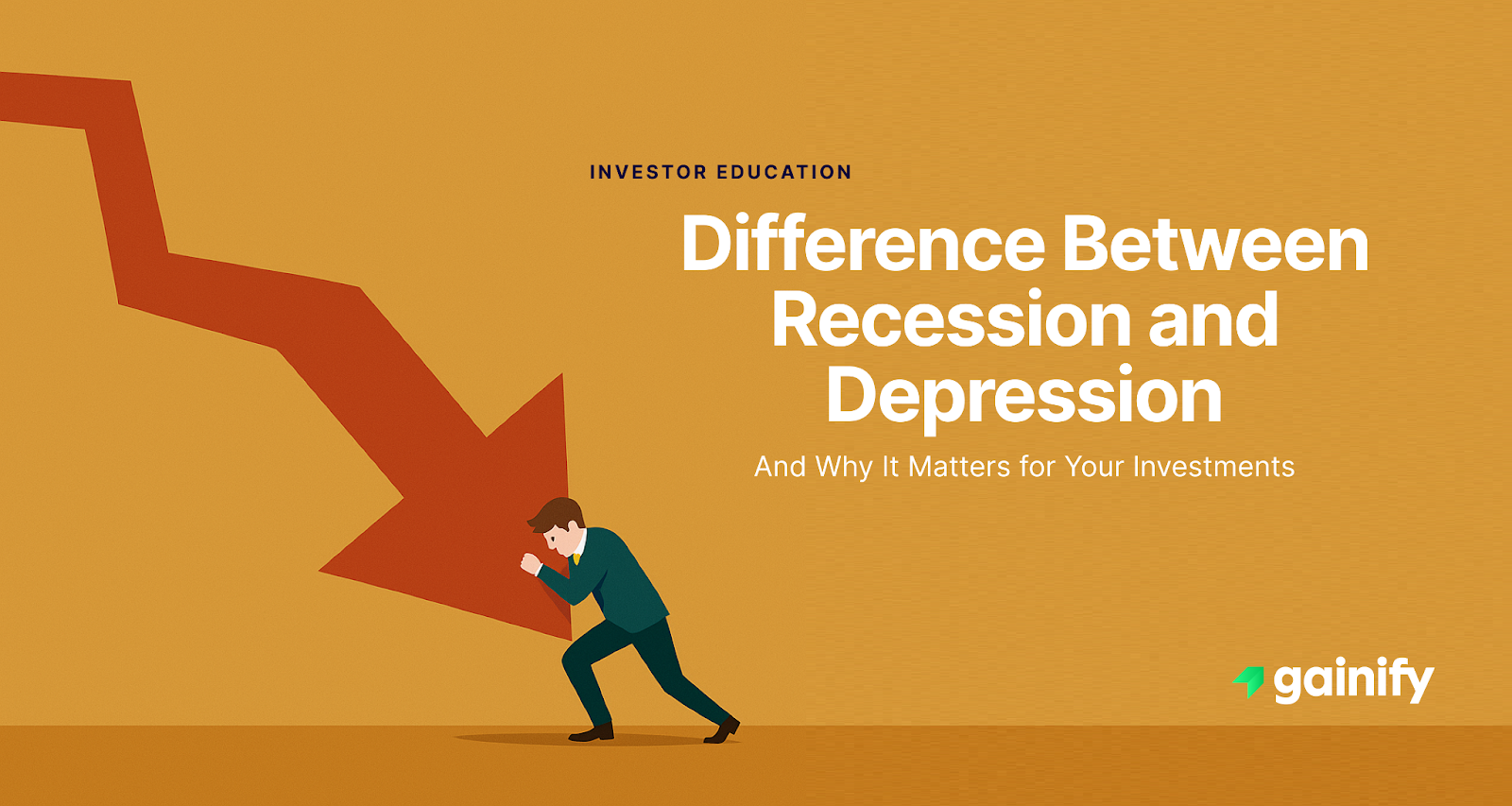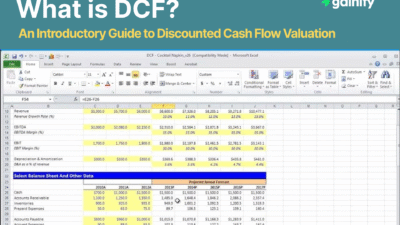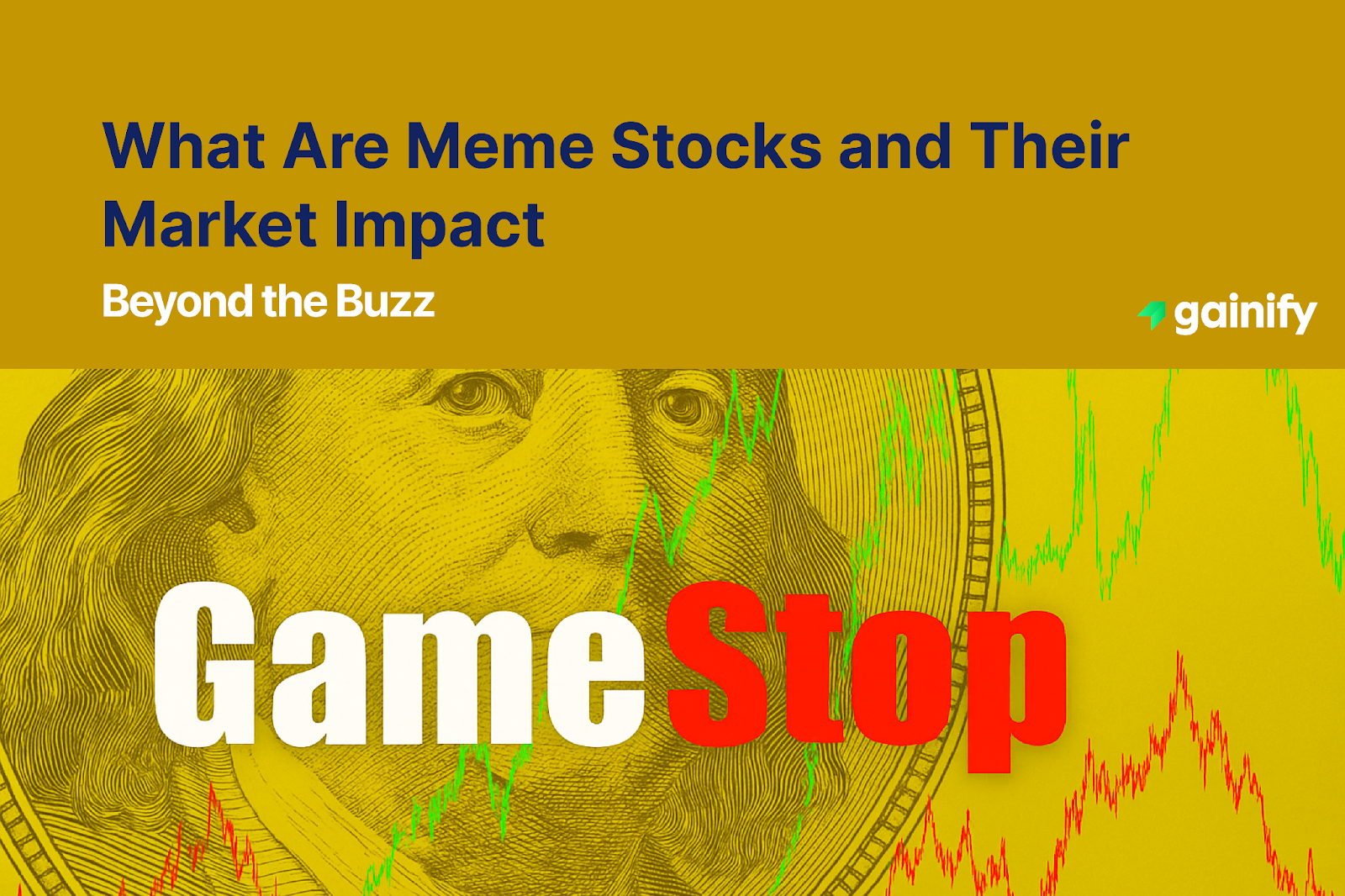In the complex world of economics and financial markets, few terms provoke as much concern as recession and depression. These words dominate headlines during economic disruptions, triggering anxiety among investors, financial advisors, and business leaders alike. Yet despite their frequent use, the distinction between a recession and a depression remains unclear to the average person and even some professionals.
The key difference between a recession and a depression is that a recession is a short-term decline in economic activity typically lasting months, while a depression is a prolonged, severe downturn that lasts for years and causes widespread economic hardship.
Understanding this difference is not merely academic; it is critical for making sound investment decisions, protecting your diversified portfolio, and successfully navigating the inevitable ups and downs of the business cycle. As Warren Buffett and Charles T. Munger have shown through decades of investing success, understanding economic indicators and historical patterns can help investors avoid catastrophic losses and capitalize on rare opportunities, even during severe recessions and prolonged downturns.
What Is a Recession?
A recession is officially recognized as a significant, broad-based decline in economic activity lasting more than a few months. The Business Cycle Dating Committee of the National Bureau of Economic Research (NBER) monitors key indicators like GDP, employment figures, industrial production, and consumer spending before officially declaring a recession.
While a common rule suggests that two consecutive quarters of decline in GDP signal a recession, this is not the formal definition. Economists examine a combination of factors, ranging from drops in consumer demand and business investment to widespread job losses and sharp increases in unemployment rates.
Key Characteristics of a Recession:
- Declines in GDP over multiple quarters
- Sharp decreases in consumer spending and business investment
- Rise in unemployment, often reaching double digits in severe recessions
- Bear markets marked by falling stock prices and bond market declines
- Often triggered by economic factors such as Central Bank rate hikes, asset bubbles, or oil price shocks
Recent Examples:
- The Great Recession (2007–2009), caused by the housing bubble collapse and widespread bank failures.
- The COVID-19 economic recession (2020), brought on by an unprecedented halt in economic activity and international trade.
Investor Takeaway:
Although recessions can cause economic hardship, they are generally considered part of the normal business cycle. Most average recessions last between 6 and 18 months, although the economic output recovery may take years.
Financial advisors often recommend maintaining a diversified portfolio during these periods and applying strategies like Dollar Cost Averaging to mitigate risks during market volatility. Holding cash reserves and an emergency fund can also help weather temporary declines in income or investment portfolio values.
What Is a Depression?
A depression is a far more severe and extended period of economic decline. Unlike the relatively brief contraction phase of a typical recession, a depression is marked by a prolonged downturn in real output, extreme declines in GDP, and massive job losses across industries.
While there is no standard definition, economists generally agree that a depression involves a decline in GDP exceeding 10% and an extended period of reduced economic activity lasting several years. This extreme recession often involves failures across the financial system, including business closures, widespread bankruptcies by businesses, and a collapse in stock prices.
Key Characteristics of a Depression:
- Economic contraction lasting several years or even a decade
- Unemployment rates soaring to catastrophic levels above 20%
- Sharp declines in consumer spending and industrial production
- Deflationary pressures and significant declines in price levels
- A collapse of major stock indexes into bear market territory for an extended period of time
- Severe disruption to international trade and financial systems
Historical Example:
The Great Depression (1929–1939): Triggered by the 1929 stock market crash, the depression led to a 1929–33 decline in real output, massive job losses, and widespread bank failures. The U.S. economy saw unemployment rates soar above 24%, and GDP fell by nearly 30%. The policy response included major fiscal policies like the New Deal, championed by President Franklin D. Roosevelt, as well as the creation of new government spending programs to stabilize the American economy.
Investor Takeaway:
Surviving a depression requires a fundamentally different approach than enduring a typical recession. During such cataclysmic events, preserving capital and liquidity becomes paramount.
Buffett’s lessons from the Great Depression emphasize the importance of understanding true business value, avoiding speculative asset bubbles, and ensuring that companies have strong balance sheets and durable business models. Maintaining cash reserves, minimizing high-interest debt, and focusing on blue-chip dividend stocks can provide income stability through prolonged economic downturns.
Key Differences at a Glance
Feature | Recession | Depression |
Duration | 6–18 months | Several years (often a decade) |
GDP Decline | Moderate decline | Severe and prolonged decline (>10%) |
Unemployment | Rises up to ~10% | Soars above 20% (massive job losses) |
Frequency | Common (every 7–10 years) | Extremely rare (once per century) |
Investor Impact | Temporary bear markets | Collapse in stock prices and long-term recovery |
Example | 2008 Financial Crisis | Great Depression (1929–1939) |
Lessons from History: How Wise People Navigate Economic Downturns
Legendary investors like Warren Buffett, Howard Marks of Oaktree Capital Management, and John C. Bogle of Vanguard have consistently stressed the value of long-term thinking and disciplined investing during both recessions and depressions.
Howard Marks, in his widely followed memos and shareholder letters, reminds investors that knowing where you are in the business cycle is crucial to making prudent investment decisions. During periods of economic downturn, it becomes essential to understand key indicators such as GDP growth rates, consumer spending patterns, and central bank policies on quantitative easing and rate hikes.
Buffett famously capitalized on market dislocations during the 2008 and 2020 recession sell-offs by purchasing high-quality businesses with strong fundamentals. His investments in companies like Clayton Homes and Ralston Purina illustrate how to navigate a period of decline and position for economic recovery.
Key Strategies for Investors:
- Maintain a diversified portfolio with exposure to resilient sectors and defensive assets.
- Employ Dollar Cost Averaging to steadily build investments during market downturns.
- Keep adequate cash reserves and an emergency fund to avoid forced liquidations during economic crises.
- Analyze financial statements to assess company profits, debt levels, and long-term viability.
- Avoid high-risk investments during times of extreme uncertainty and focus on businesses with stable cash flows.
Final Thoughts: Prepare for Uncertainty, Position for Opportunity
Economic recessions and depressions are common-enough events over the course of history, but the way investors respond to them makes all the difference. Recessions, while unsettling, are part of the boom-and-bust business cycle. Depressions are rare but devastating, testing the resilience of economies, financial markets, and individual investors.
For the American people and investors globally, understanding the difference between a normal recession and an extreme recession is vital for protecting wealth and seizing opportunities during market recoveries.
In the words of Warren Buffett, “Be fearful when others are greedy and greedy when others are fearful.” Whether facing a standard economic recession or preparing for the remote risk of a depression, wise investors know that disciplined strategies, thoughtful financial advisor guidance, and long-term focus will prevail over short-term fear.




